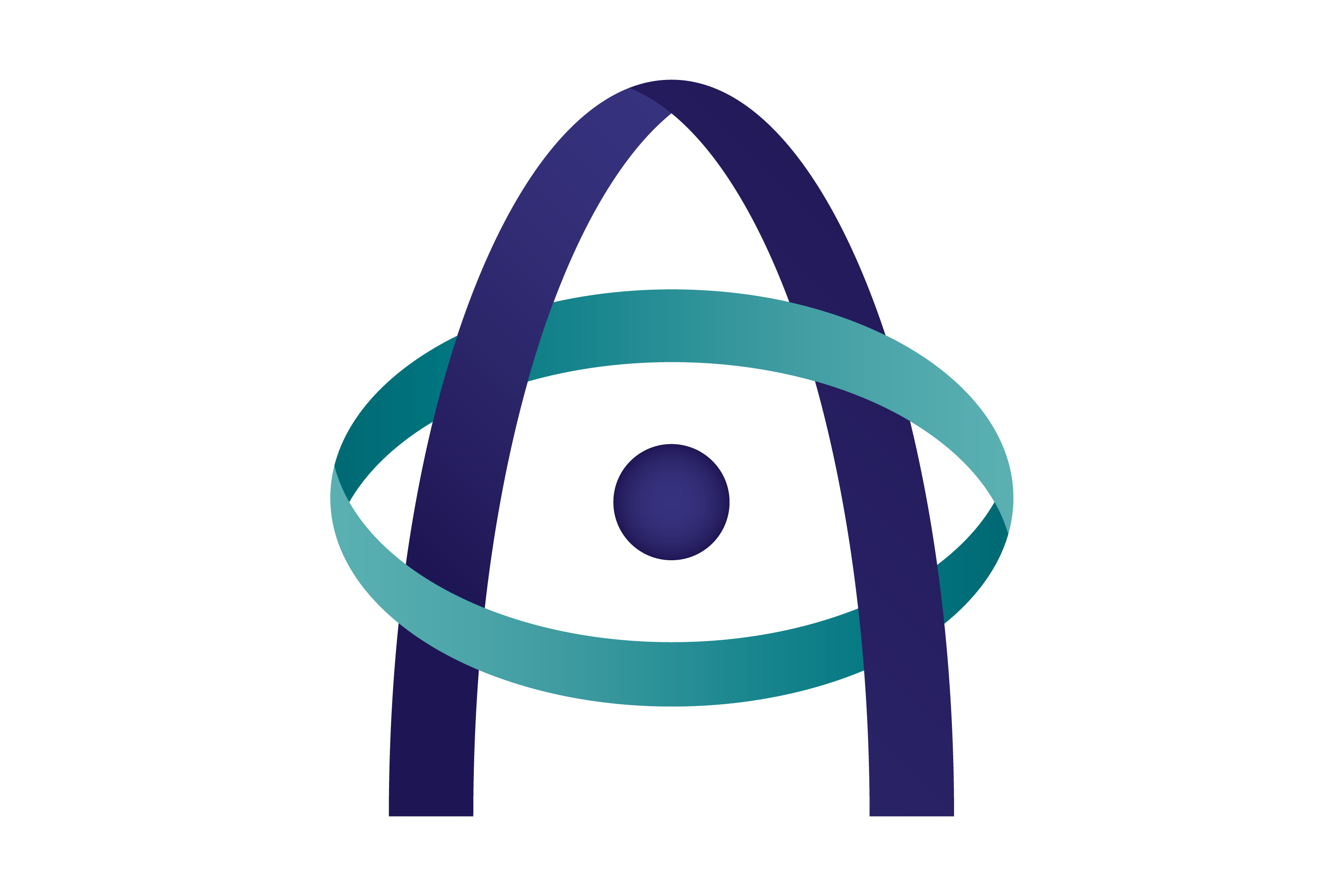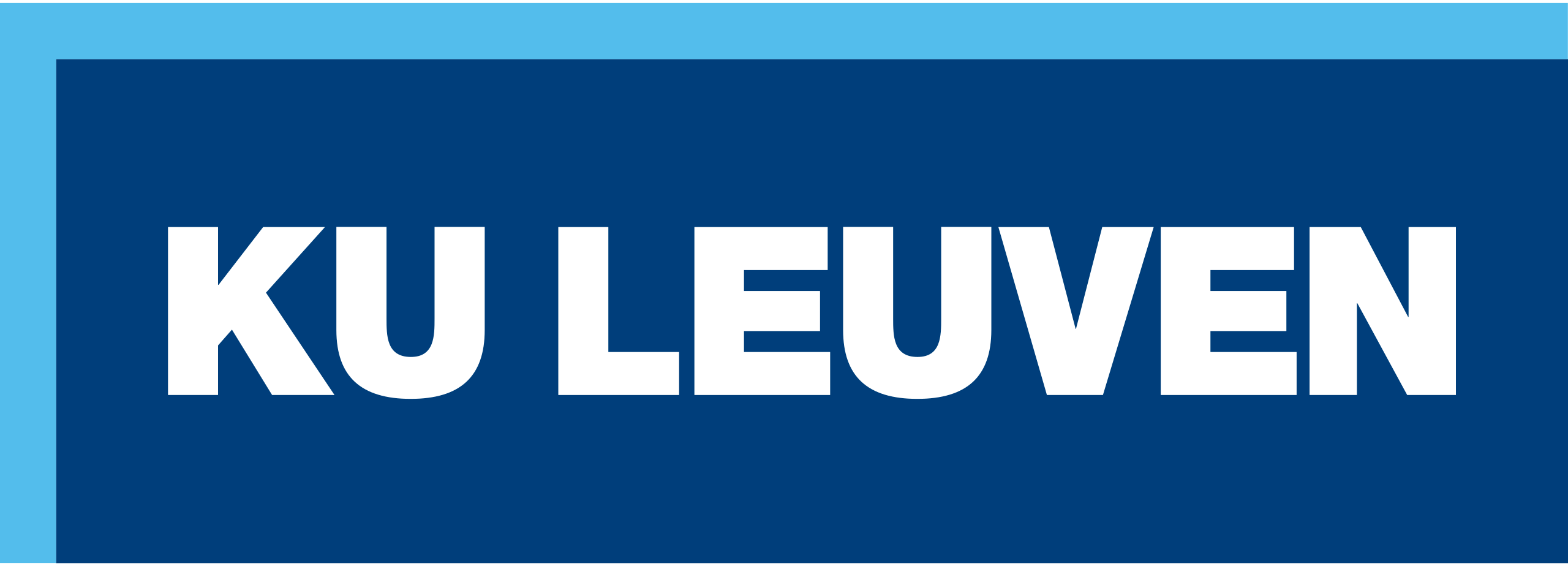Presentation Paper Supplementary Documentation
H. De Plaen, P.-F. De Plaen, J. A. K. Suykens, M. Proesmans, T. Tuytelaars, and L. Van Gool, “Unbalanced Optimal Transport: A Unified Framework for Object Detection,” in Proceedings of the IEEE/CVF Conference on Computer Vision and Pattern Recognition (CVPR), Jun. 2023, pp. 3198–3207.
This work has be presented at CVPR 2023 in Vancouver, Canada. The paper and additional resources can be found on the following website. The paper is in open access and can also be found on the CVF website as well as on IEEE Xplore.
TL;DR: We introduce a much more versatile new class of matching strategies unifying many existing ones, as well as being well suited for GPUs.
During training, supervised object detection tries to correctly match the predicted bounding boxes and associated classification scores to the ground truth. This is essential to determine which predictions are to be pushed towards which solutions, or to be discarded. Popular matching strategies include matching to the closest ground truth box (mostly used in combination with anchors), or matching via the Hungarian algorithm (mostly used in anchor-free methods). Each of these strategies comes with its own properties, underlying losses, and heuristics. We show how Unbalanced Optimal Transport unifies these different approaches and opens a whole continuum of methods in between. This allows for a finer selection of the desired properties. Experimentally, we show that training an object detection model with Unbalanced Optimal Transport is able to reach the state-of-the-art both in terms of Average Precision and Average Recall as well as to provide a faster initial convergence. The approach is well suited for GPU implementation, which proves to be an advantage for large-scale models.
Using PyPI, it suffices to run pip install uotod. Just rerun this command to update the package to its newest version.
You can also download it directly from the GitHub repository, then build and install it.
git clone --recursive https://github.com/hdeplaen/uotod
cd uotod
python3 -m pip install -r requirements.txt
python3 -m setup build
python3 -m pip installThe package is available on all dsitributions and runs well. However, only the combinations marked with a green ✅ can take advantage of the compiled version of Sinkhorn's algorithm directly from PyPI. On a not support combination, you may always build it from the source to also have access to Sinkhorn's compiled version of the algorithm. Nevertheless, the PyTorch implementation of Sinkhorn's algorithm is always available (used by default), this only refers to an additional compiled version.
| OS | Linux (x86_64) |
MacOS (Intel, ARM) |
Windows and others |
|---|---|---|---|
| Python 3.8 | ✅ | ✅ | ☑️ |
| Python 3.9 | ✅ | ✅ | ☑️ |
| Python 3.10 | ✅ | ✅ | ☑️ |
| Python 3.11 | ✅ | ✅ | ☑️ |
| Python 3.12 | ✅ | ☑️ | ☑️ |
- ✅: Python implementation + compiled acceleration, both directly from PyPI
- ☑️: Python implementation directly from PyPI (+ possible compiled acceleration if building from source)
from uotod.match import BalancedSinkhorn
from uotod.loss import GIoULoss
ot = BalancedSinkhorn(
loc_match_module=GIoULoss(reduction="none"),
background_cost=0.,
)from uotod.match import Hungarian
from uotod.loss import GIoULoss
hungarian = Hungarian(
loc_match_module=GIoULoss(reduction="none"),
background_cost=0.,
)from torch.nn import L1Loss, CrossEntropyLoss
from uotod.match import UnbalancedSinkhorn
from uotod.loss import DetectionLoss, IoULoss
matching_method = UnbalancedSinkhorn(
cls_match_module=None, # No classification cost
loc_match_module=IoULoss(reduction="none"),
background_cost=0.5, # Threshold for matching to background
is_anchor_based=True, # Use anchor-based matching
reg_target=1e-3, # Relax the constraint that each ground truth is matched to exactly one prediction
)
criterion = DetectionLoss(
matching_method=matching_method,
cls_loss_module=CrossEntropyLoss(reduction="none"),
loc_loss_module=L1Loss(reduction="none"),
)
preds = ...
targets = ...
anchors = ...
loss_value = criterion(preds, targets, anchors)import torch
from torch.nn import L1Loss, CrossEntropyLoss
from uotod.match import BalancedSinkhorn
from uotod.loss import DetectionLoss
from uotod.loss import MultipleObjectiveLoss, GIoULoss, NegativeProbLoss
matching_method = BalancedSinkhorn(
cls_match_module=NegativeProbLoss(reduction="none"),
loc_match_module=MultipleObjectiveLoss(
losses=[GIoULoss(reduction="none"), L1Loss(reduction="none")],
weights=[1., 5.],
),
background_cost=0., # Does not influence the matching when using balanced OT
)
criterion = DetectionLoss(
matching_method=matching_method,
cls_loss_module=CrossEntropyLoss(
reduction="none",
weight=torch.tensor([0.1, 1., 1.]) # down-weight the loss for the no-object class
),
loc_loss_module=MultipleObjectiveLoss(
losses=[GIoULoss(reduction="none"), L1Loss(reduction="none")],
weights=[1., 5.],
),
)
preds = ...
targets = ...
loss_value = criterion(preds, targets)The Color Boxes dataset is composed of 4800 training images and 960 validation images. The images are 500x400 pixels and contain 0 to 30 colored boxes. The boxes are randomly placed and have random colors, which defines the class of the box (20 classes). The dataset is designed to be simple and easy to use for testing object detection algorithms.
You can download the dataset at the following address: Color Boxes Dataset.
The dataset uses the COCO annotation format and is organized as follows:
path/to/colorboxes/
annotations/
instances_train.json
instances_val.json
train/
00000.jpg
00001.jpg
...
val/
00000.jpg
00001.jpg
...
If you make any use of our work, please refer to us as:
@InProceedings{De_Plaen_2023_CVPR,
author = {De Plaen, Henri and De Plaen, Pierre-Fran\c{c}ois and Suykens, Johan A. K. and Proesmans, Marc and Tuytelaars, Tinne and Van Gool, Luc},
title = {Unbalanced Optimal Transport: A Unified Framework for Object Detection},
booktitle = {Proceedings of the IEEE/CVF Conference on Computer Vision and Pattern Recognition (CVPR)},
month = {June},
year = {2023},
pages = {3198-3207}
}EU: The research leading to these results has received funding from the European Research Council under the European Union’s Horizon 2020 research and innovation program / ERC Advanced Grant E-DUALITY (787960). This paper reflects only the authors’ views and the Union is not liable for any use that may be made of the contained information. Research Council KUL: Optimization frameworks for deep kernel machines C14/18/068. Flemish Government: FWO: projects: GOA4917N (Deep Restricted Kernel Machines: Methods and Foundations), PhD/Postdoc grant; This research received funding from the Flemish Government (AI Research Program). All the authors are also affiliated to Leuven.AI - KU Leuven institute for AI, B-3000, Leuven, Belgium.









